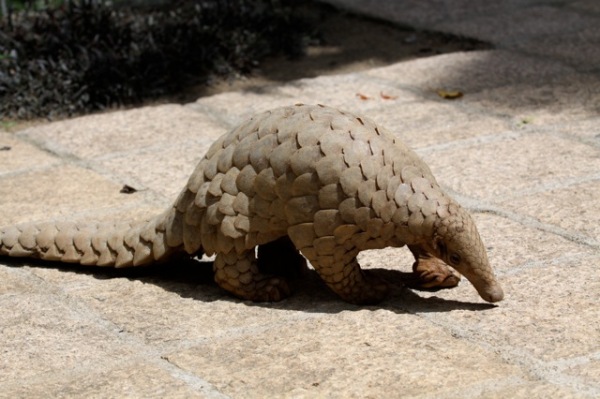Facts About Indian pangolin
The Indian pangolin, also known as the thick-tailed pangolin or scaly anteater, is a captivating mammal native to the Indian subcontinent. This distinctive creature is easily identified by its large, overlapping scales that act as armor and its extraordinary ability to curl into a tight ball for protection. As an insectivore, the Indian pangolin primarily feeds on ants and termites, utilizing its long claws to extract them from their nests.
Being nocturnal, the Indian pangolin spends its days resting in deep burrows to avoid the heat and potential predators. Unfortunately, this species faces significant threats due to hunting for its meat and various body parts, which are highly valued in traditional medicine.
The Indian pangolin is a solitary and slow-moving animal with unique features: a cone-shaped head, powerful limbs, and a body mostly covered in tough, protective scales. Unlike some of its relatives, it does not climb trees and prefers habitats abundant in ants and termites.
This species is almost exclusively insectivorous, with specialized adaptations that make it highly efficient at capturing and consuming ants and termites. While detailed information on their reproduction is limited, it is known that females typically give birth to one, occasionally two, young. The young pangolins are often seen clinging to their mother's tail as she moves about.
To combat the threats of poaching and illegal trade, the Indian pangolin has been listed under CITES Appendix I since January 2017, offering it protection across all its range countries. This species also holds cultural importance and is known by various names in different regional languages, reflecting its significance in local traditions and folklore. Conservation efforts are crucial to ensure the survival of this unique and vulnerable creature.

 Bhutan
Bhutan